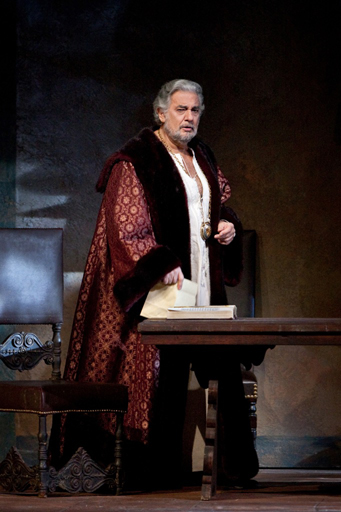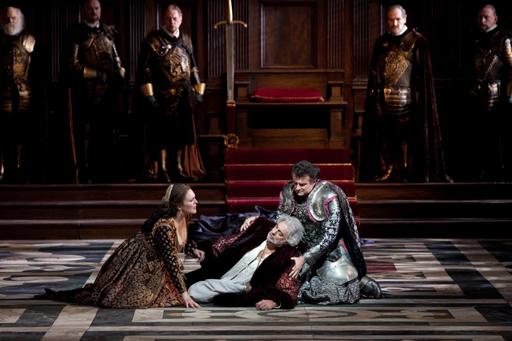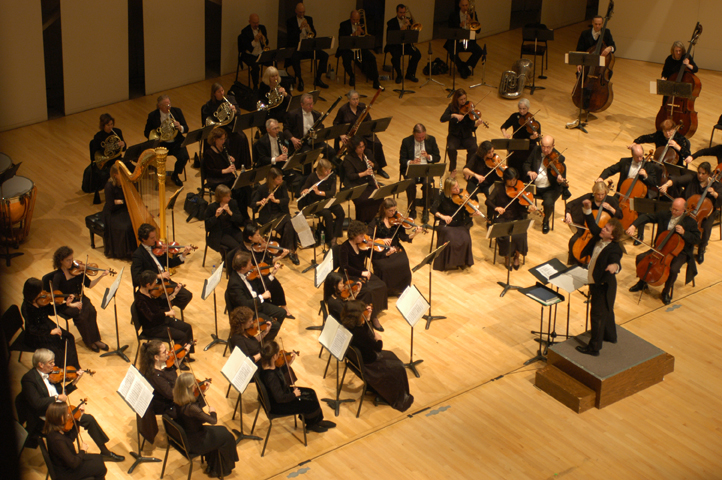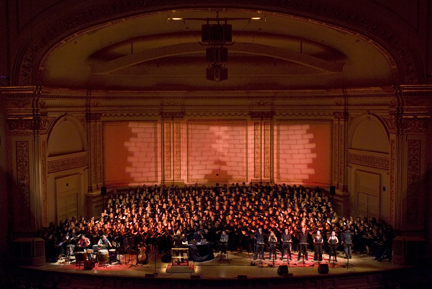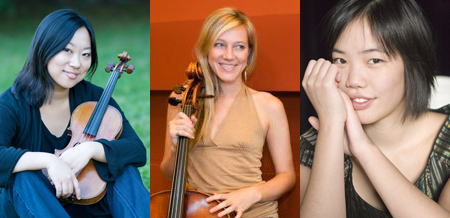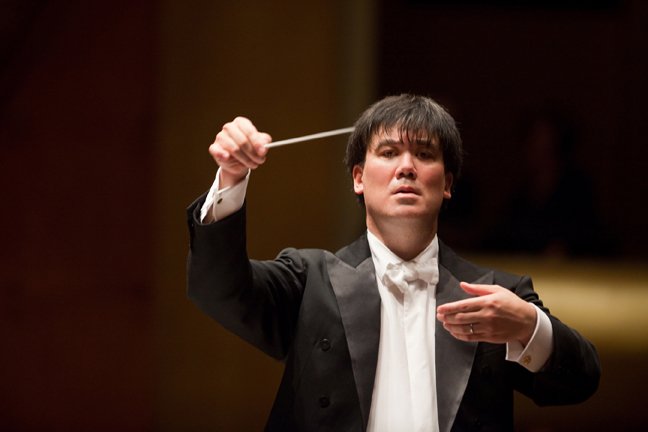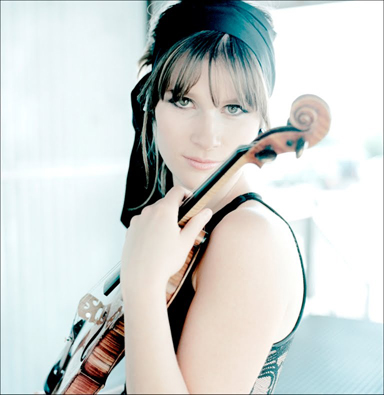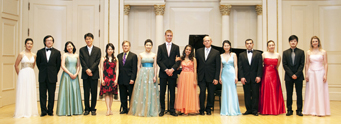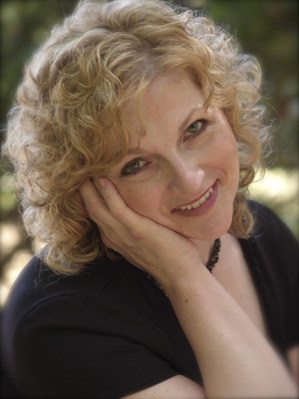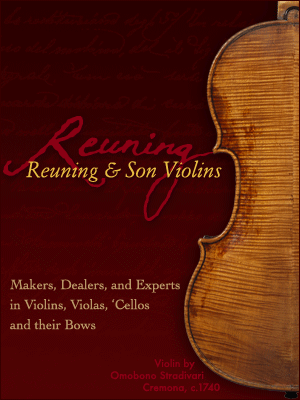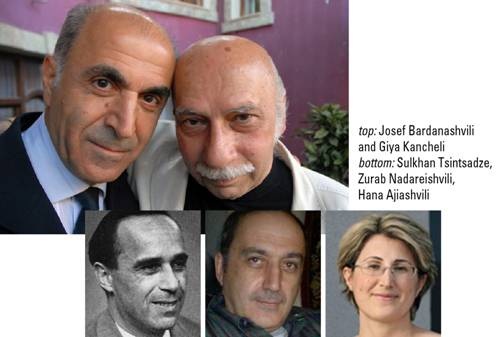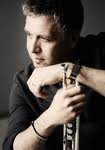
Håkan Hardenberger
For the Philharmonic’s penultimate program, Alan Gilbert chose Mozart, Wagner, and the New York premiere of Aerial (1998-99) by HK Gruber.
Mozart’s “Little” G minor Symphony was crisp, precise, and finely etched. The fast movements were moderately paced but lively, the Andante sang, yet the overall impression was cool and reserved; the drama and the emotional intensity seemed underplayed, the contrasts muted.
Heinz Karl Gruber, born in 1943 in Austria, studied various instruments and composition at the Vienna Music Academy after having been a member of the Vienna Choir Boys for four years. New Yorkers heard him some years ago at the “Berlin Lights Festival,” when he performed cabaret songs by Kurt Weill and Hanns Eisler as “chansonniere.” A prolific composer of vocal and instrumental music in many genres and contemporary styles, he wrote Aerial on commission from the BBC for the London Promenade Concerts. It is the first of three works composed for Hakan Hardenberger, the Philharmonic’s soloist at this concert. A spectacular trumpet player, he switched between muted and unmuted trumpet, piccolo trumpet and cow’s horn with dizzying frequency, producing an amazing variety of sounds, and easily competing with a large orchestra, which, after a hazy beginning, gradually built up to a jazzy, uninhibited dance. The music is supposed to evoke a vision of a barren earth-landscape seen from outer space, an imaginative but literally and figuratively “far-out” notion.
Both Wagner‘s personal and creative life were marked by controversy and turbulence, so it may be worth noting that both works on this program – the Siegfried Idyll and the Prelude and Liebestod from “Tristan und Isolde” – were inspired by significant – and notorious – relationships. The Idyll was written in 1870 as a birthday present for his wife Cosima, and also to celebrate their wedding shortly before (following a seven-year liaison while both had other spouses), and the birth of their youngest child, Siegfried, in 1869 (they had three children before they married and none afterwards.)
Wagner wrote his opera “Tristan und Isolde” in 1858-59 while living in exile in Switzerland with his first wife. In dire financial straits, they were supported by Otto Wesendonk, a wealthy admirer; Wagner repaid his generosity by engaging in a passionate relationship with his wife, Mathilde, remembered today mainly for having written the texts of the so-called “Wesendonk Songs,” five steamy poems which Wagner set to properly lush music as an “exercise” for Tristan.
The Idyll was premiered by 15 musicians at the Wagners’ house as a birthday serenade; using mostly single winds and no percussion, it is his only lightly scored composition. (The Philharmonic’s performance was almost too intimate and so subdued that some parts were barely audible.) The Tristan excerpts, in contrast, with a full complement of brass and percussion, are among his most luxurious works. The Liebestod is also one of his most famous soprano arias; Wagner made an orchestral version so that it could be performed in concert. He succeeded in recreating its melodic richness, harmonic elusiveness and textural density, but some lovers of the opera still find it hard to accept Isolde’s death without Isolde.
One of Alan Gilbert’s most admirable strengths is his ability to create transparency and to bring out important voices without seeming to suppress the rest. This showed most impressively in the “Tristan” excerpts. Gilbert preserved the lush sonority and sensuousness, the kaleidoscopic color, the undulating texture, but the lines were so carefully balanced that every melodic strand and every harmonic twist stood out.

